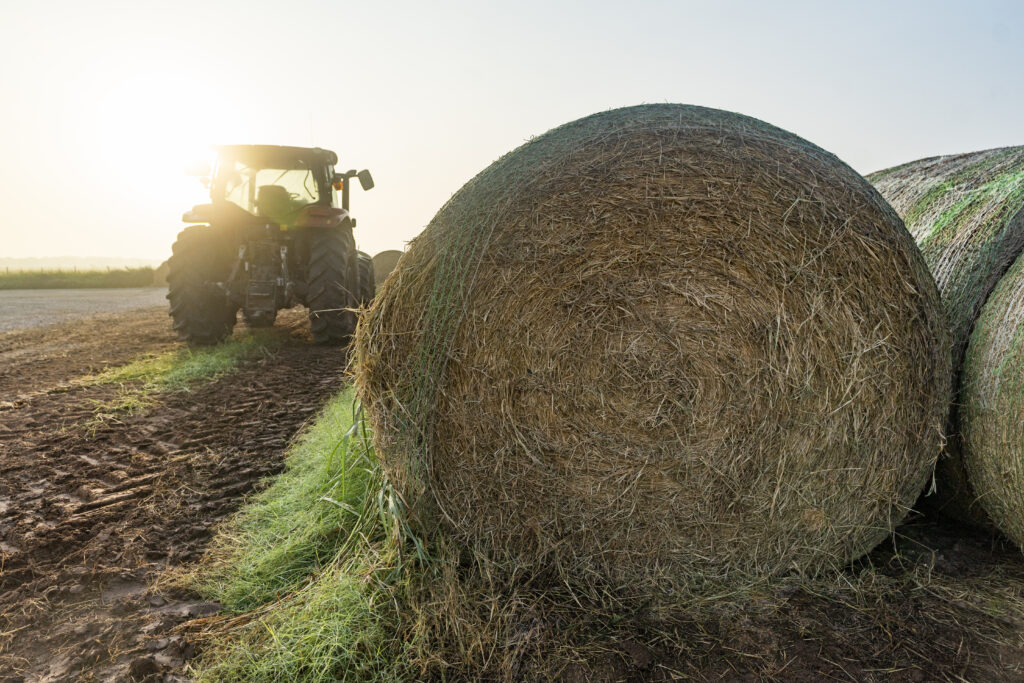State-By-State Hay Summary

Colorado—In the July 11 report, compared to the last report, trade activity and demand light. Stable hay sold mostly steady. According to the NASS Colorado Crop Progress Report for week ending July 7, alfalfa first cutting harvested is 87%, second cutting 11%. Stored feed supplies were reported as 3% very short, 16% short, 71% adequate, and 10% surplus.
Missouri—In the July 11 report, compared to last report, hay prices are weak to lower, the supply is moderate, and demand is light to moderate. Ample moisture and lush pastures have put pressure on the hay market. Pastures in the state are rated with 80% in good to excellent categories and less than 5% of the state is showing on the drought monitor. A huge turnaround from this point last year when 70% of the pastures were rated as very poor to poor, and 99% of the state was in drought status. There is a lot of hay for sale currently and proactive buyers interested in filling any needs before winter don’t currently have to look far to find hay.
Nebraska—In the July 11 report, compared to last report, baled hay sold steady to weak. Ground and delivered hay products sold steady. Alfalfa pellets steady. Overall demand this week was light. Reports of tonnage has been good on grass and meadow hay. Many hay producers have struggled the last couple of weeks with rain showers and hail damaging crops. Several contacts have been hailed out with some replanting corn that should make decent silage with others going to plant cane or millet. Hard to tell for sure where the hay market will settle at this year, but many think it could be at where the market is now to a tick lower.
Oklahoma—In the July 12 report, compared to the last report, the hay trade is at a standstill to slow demand. Due to an excessive supply of hay from 2023, new crop hay that continues to be baled, and rain showers continue to cover the state during the summer. Next report will be released Aug. 2.
Texas—In the July 12 report, compared to last report, hay prices are weak across most regions, but up to $10 lower in the central region. Hay demand is slow as timely rains are allowing producers to stay turned out on summer pastures with minimal to no hay supplementation. In the south, north, and central region timely rains are helping provide good yields, but also making it hard for producers to get into the field which has caused some hay to be put up at a higher maturity level. As a result, quality may be lower on some second cutting hay. Next report will be released July 26.
South Dakota—In the July 11 report, compared to last report, demand has been lower than normal for this time of year.
New Mexico—In the July 12 report, compared to last report, hay is steady with a lot being put in barns. Some producer are spraying for blister battles. With extreme heat and some flooding in some areas for the state some fields are struggling. According to New Mexico Crop Progress report from NASS on July 7, alfalfa hay is 80% complete with second cutting, 15% complete with third and 2% with fourth cutting.
Wyoming—In the July 11 report, compared to the last report, bales of hay sold fully steady. Several comments from producers it has been hard to keep the leaves on with limited dew in the mornings and evenings but the quality has been very good. At least way better than last year. Price seem to be holding firm across the state as dryness is creeping back in the state and cattlemen are procuring some hay to stock pile just in case it turns very dry the rest of the year. Many cattlemen do not want to sell off anymore cows with record high prices prevailing in the cattle market at this time. So, the rancher is buying hay for a back up plan.
Montana—In the July 12 report, compared to last report, hay sold generally steady to weak on old crop. Too few new crop hay sales have been seen to develop any market trend. Demand for hay is mostly light to moderate. Ranchers continue to buy up old crop hay with poorer quality, utility and grinding hay selling with big discounts to fair and good quality. New crop hay yields continue to come in light across the state. Most producers are blaming it on a cooler wet spring. Many producers say yields are down from 15% to 30% compared to last year. Producers will have a solid window to finish up with first cutting with some in southern Montana starting on second with drier weather. Next report will be released July 26.



